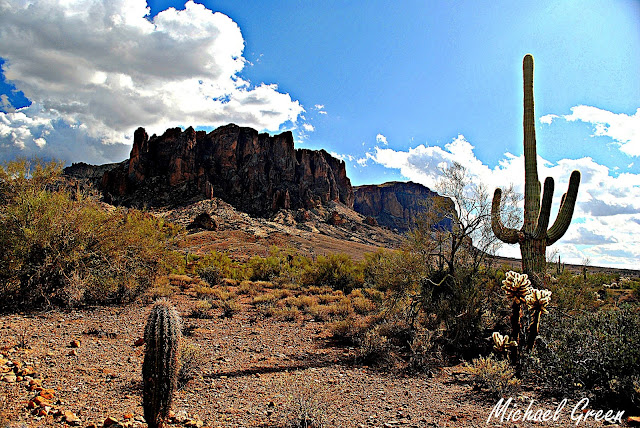 |
| Fishing, and a cold beer. |
What is it? Drink insulator (beer koozie).
Comes with: Koozie, sealing gasket, storage can.
Size: .35 liters. 4.8 X 3.1 inches.
Weight: 8.3 ounces
Price: $30.00 at REI
Let's face it. We all love the crisp refreshing taste of an ice cold beer cascading down our dry throats, especially around the campfire or on the lake. But don't you hate it when you set your beer down to do something, only to come back to find it warm and flat, and only a shadow of its former self? We've all been there. Choking down a warm beer isn't fun.
Enter the Yeti Rambler Colster.
At first glance, paying $30.00 for a beer koozie seems like madness, but there is a perfectly good reason Yeti charges so much for their products. They are the best. In the outdoor community, Yeti coolers are overwhelmingly considered to be the best in the world. Their Rambler line of drink insulators are quickly gaining the same reputation.
Thanks to 18/8 inch stainless steel and double-walled vacuum insulation, the Colster keeps your beer ice cold for hours, even in the hottest conditions. For me, the Colster really shines when I'm on the lake fishing. In the Arizona desert, the lakes are overwhelmingly shadeless. Set your beer down for a few minutes and it's stew. With the Colster I can set down my beer and fish for an hour, and come back to a cold beer. There have been times where I've come back to my beer to find the stainless steel outer-wall of the Colster so hot I can barely touch it, but the beer inside still ice cold. Simply put, the Colster is an outdoor beer drinker's dream.
The Colster will fit both cans and bottles, but tall-boys and some long-necks wont fit. That isn't a big deal to me because I rarely bring glass into the outdoors, and most good beers don't come in tall-boys. The Colster also comes with a dummy can that looks just like a beer can, but can be opened for storage. I like to call it "the beer can stash". The problem is that I still haven't thought of anything to stash in there, so for me the beer can stash usually stays home.
Overall the Yeti Rambler Colster is a sweet little product if you like to enjoy the finer things in life. I would highly recommend it to any outdoor lover who drinks from cans (be it beer or soda), especially campers and fisherman.








